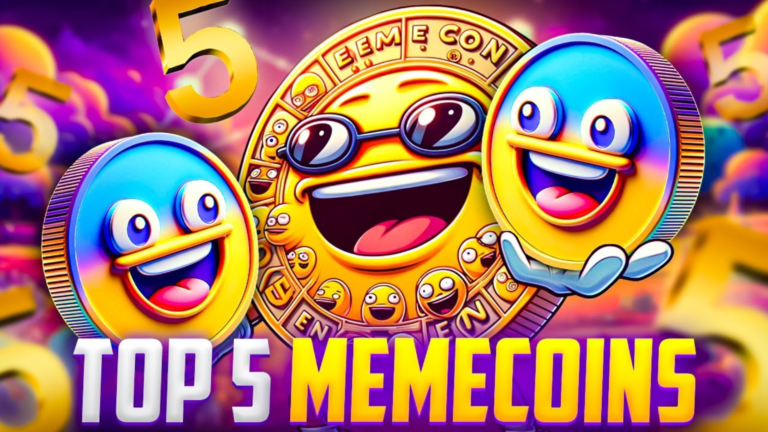
How does crypto work at the highest level?
There are six key categories of players.
Asset acquirers – these include brokerages, custodial and non-custodial wallets, banks, asset managers, hedge funds, market makers, and lenders. They aim to acquire assets to plunge into the crypto ecosystem. Each acquirer offers a unique value proposition, tempting investors to park cash with them.
– these include brokerages, custodial and non-custodial wallets, banks, asset managers, hedge funds, market makers, and lenders. They aim to acquire assets to plunge into the crypto ecosystem. Each acquirer offers a unique value proposition, tempting investors to park cash with them.
These companies might target retail or institutional investors, hawk loans, offer trading of varied assortments of tokens, compete on lower trading fees, share better market information, or reward loyalty with their own token. Many in this group attract investors/users with high interest rates for deposits, which are funded by lending assets to other market participants. Then they plan to cross-sell other financial products, much like a modern bank or brokerage.
Protocols – Protocols are invented, created, designed, and managed by organizations and companies. Protocols are computer programs that decide how digital assets should behave. These assets might be coins, tokens, NFTs and be used in different ways. Tokens might be used as stores of equity value, as a replacement for government money, to pay for a particular service, or simply as as collectible.
In the language of the land, the protocol is often called a smart contract. Smart contracts are open-source. There product-minded protocols to enable NFTs which confer unique ownership of an asset within that protocol’s ecosystem, and financially-focused protocols that enable futures and swaps, even perpetual swaps (perps) and new kinds of financial products, amongst others.
Exchanges – exchanges are the marketplaces where people trade tokens to determine their value. Exchanges come in two flavors. There are centralized exchanges which swap tokens between two participants on the same exchange. And there are DeFi exchanges, short for decentralized finance, which enable trades of tokens between two people directly without an exchange in the middle. Think eBay vs Craigslist for crypto and you’ll have the gist.
Chains – these are the databases storing transactions executed on exchanges. There are many chains. Each has its own strengths and weaknesses that span attributes like speed, privacy, cost to write transactions, and developer friendliness. Protocols must decide which chain(s) they will support. The same is true for exchanges.
Because different tokens support different chains, there are network effects at play. The more developers on a chain, the more transactions on that chain, the greater the attractiveness to future developers and end users. There are L1 chains and L2 chains. L1 chains provide the global public consistent database. L2 chains sit on top of L1 chains where they provide better performance and reduce the operational costs of the database. There are also groups working on enabling cross-chain compatibility.
Miners/Stakers – the big idea in crypto is that all transactions in chains should be public and that no one entity should control the database. This is a hard problem to solve. Most databases today are centralized. For a public globally distributed database to function, computers must perform complex and computationally expensive math to ensure the transactions are consistent and accurate across all the database nodes.
Meanwhile, the database is changing every minute, so this math is ongoing. There are different ways of verifying that the transactions sent to the database are accurate, for example, proof of work or proof of stake. In both cases, a person seeking to transact must pay to authenticate the transaction to a group of miners or stakers, people who own computers and perform this math for a fee.
Software vendors – a software ecosystem is blossoming around crypto. Software spans many categories. Information brokers to help traders understand market trends, compliance tools, tax software, protocol debugging tools, even smart contract insurance. There is also a category called oracles which provide API endpoints to supply smart contracts with data.
Unfortunately, the ecosystem isn’t as neat as this list might imply. Many exchanges also are in the business of asset acquisition, protocol creation, and chain operation. Some wallets offer their own protocol token. It’s messy, which makes it fun to figure out. Even better, this ecosystem moves blindingly fast. It has the 24h clock of a modern international financial market blended with the innovation of brilliant developers authoring open source software.



